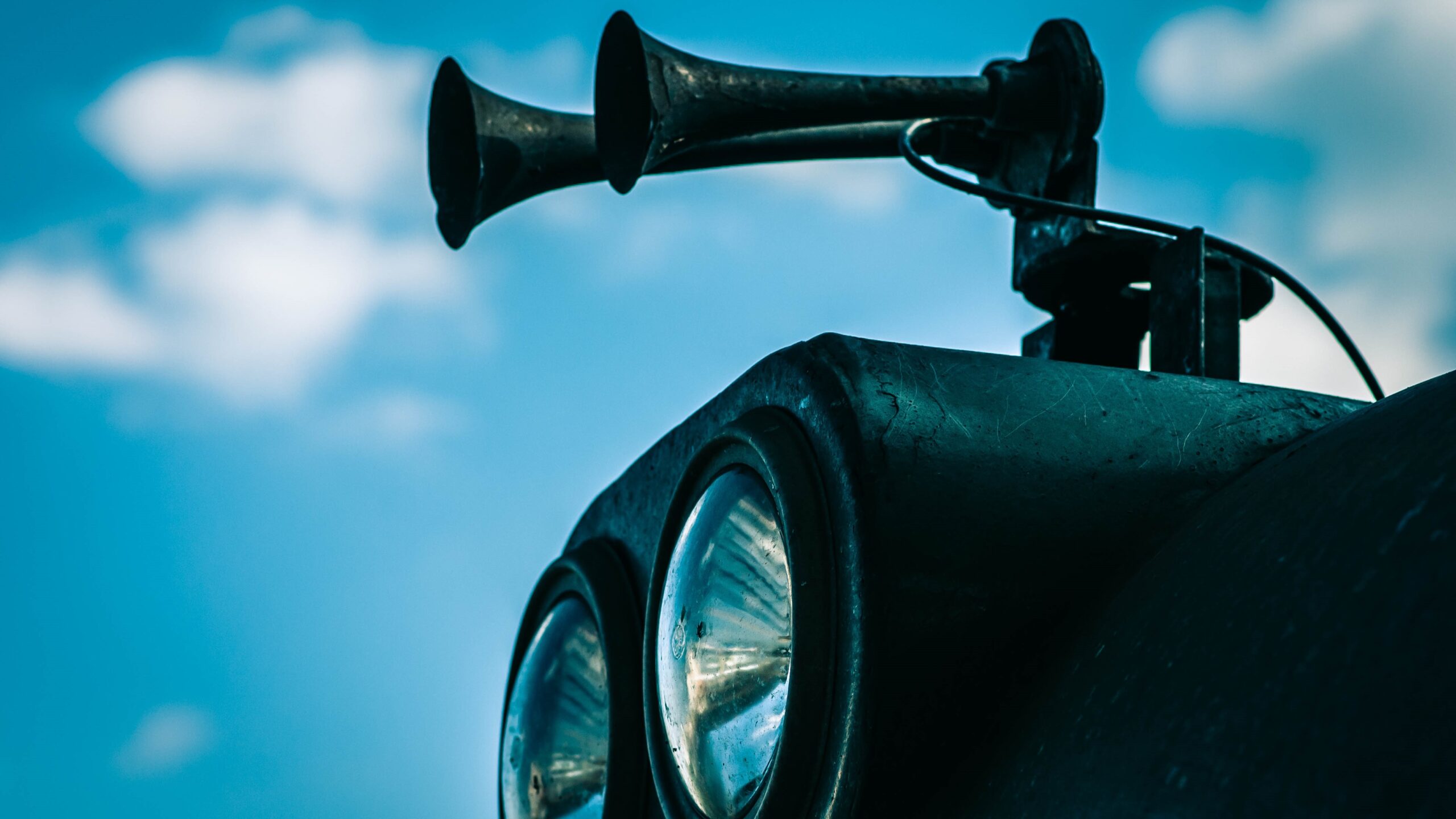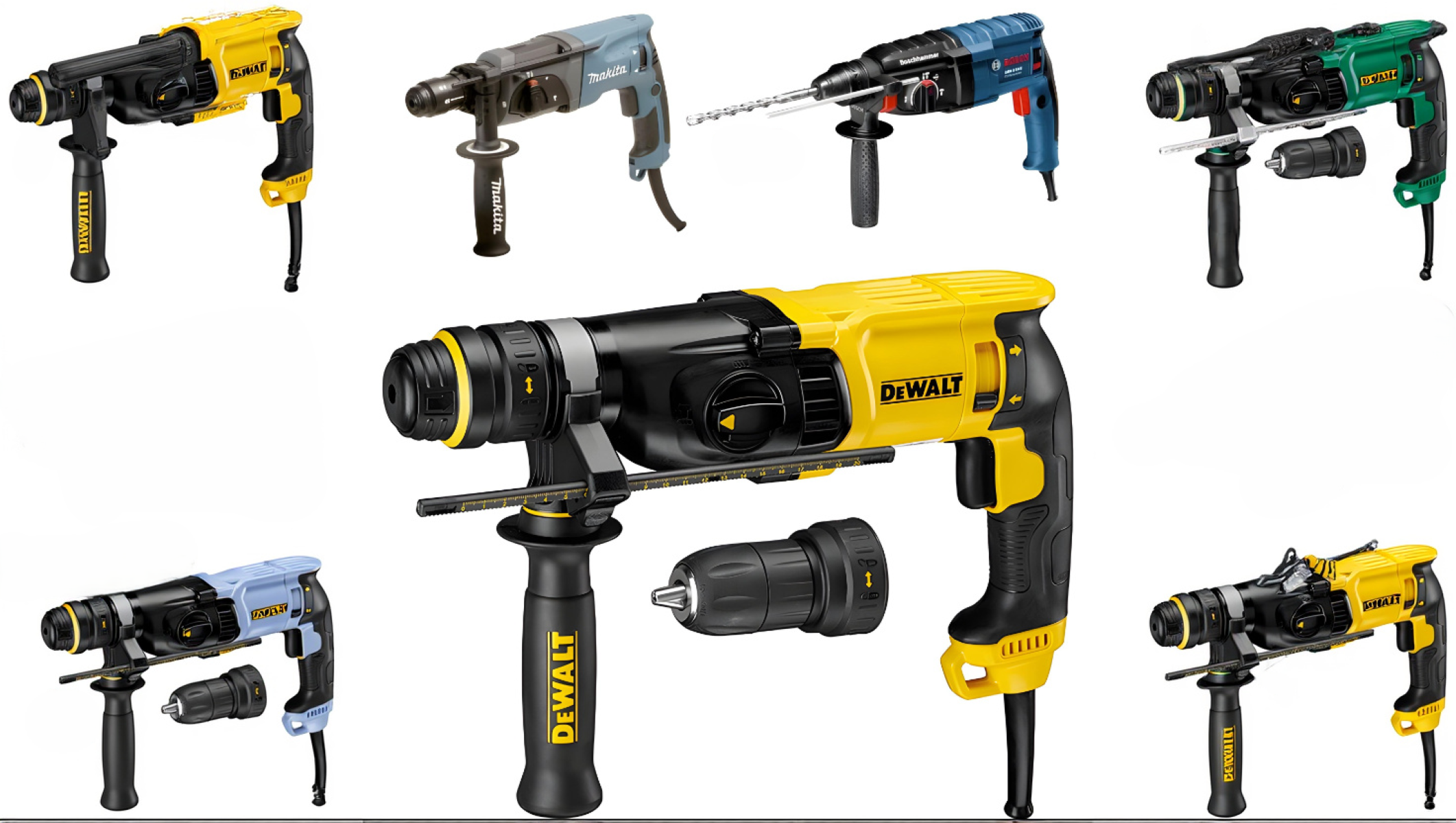When it comes to building locomotive-style warning devices on a budget, it’s all about ingenuity, resourcefulness, and a dash of creativity. While high-end commercial systems may offer sleek designs and polished technology, you can still build a functional, budget-friendly version that serves the same purpose without breaking the bank. In this article, we’ll walk through the step-by-step process of creating these devices, discuss the materials needed, and give tips for efficient, cost-effective construction.
What Are Locomotive-Style Warning Devices?
Locomotive-style warning devices are essential safety features used in railway systems to warn personnel of an approaching train or other potential hazards. These devices are designed to grab attention and alert people in time to take necessary actions to avoid accidents. The primary function of these devices is to provide early warnings, ensuring safety in areas where trains or other large vehicles are in operation.
These warning systems typically include a variety of signals such as flashing lights, bells, and horns. Each signal serves a specific purpose and is activated in different situations to provide clear, understandable alerts. Lights are often used for visual warnings, especially in low-visibility conditions, while horns and bells provide an audible signal that can be heard from a distance, giving people time to move to a safe location.
In modern times, many of these devices incorporate advanced technologies like LED lights, which are more energy-efficient and longer-lasting than traditional incandescent bulbs. Additionally, solar power systems are commonly used to ensure the devices remain operational without the need for an external power source. Wireless communication may also be integrated to allow these devices to communicate with nearby systems or to be monitored remotely, adding a layer of convenience and functionality.
Despite the technological advancements, creating your own locomotive-style warning devices doesn’t have to involve significant financial investment. With the right materials and basic knowledge of electronics, it’s possible to replicate the functionality of high-tech systems at a fraction of the cost. Building a DIY version of these devices allows you to adapt them to your specific needs while staying within budget, offering both practical value and educational experience.
Why Should You Build Your Own Locomotive-Style Warning Devices?
Building your own locomotive-style warning devices offers several advantages that can be both practical and rewarding. Here’s why it’s worth considering:
- Cost Savings: Commercial warning devices can often come with a hefty price tag, especially when considering the high-end, technologically advanced models. DIY solutions allow you to save a significant amount of money while still achieving similar functionality. You get the same core features without the financial burden, which is especially beneficial if you’re on a tight budget.
- Customization: One of the greatest benefits of building your own warning devices is the ability to customize them to your exact specifications. Whether you need specific types of lights, sound devices, or even a unique control system, you have the freedom to adapt the device to suit your needs. You can experiment with adding extra features like more lights or varying the intensity of sounds to ensure maximum visibility and attention in your specific environment.
- Hands-on Experience: For those interested in electronics, engineering, or railway operations, building these devices offers invaluable hands-on experience. You’ll get a deeper understanding of how warning systems work, and learn how to wire, assemble, and troubleshoot electronic components. This project can be a great learning tool, offering both practical skills and a sense of accomplishment as you see your devices come together and function as intended.
- Learning Opportunity: Besides the technical skills, building these devices gives you an opportunity to learn about the safety and operational needs of the railway system. It provides a deeper insight into how these warning systems work in real-world applications, offering a sense of connection to the field of railway safety. It can be a great way to build knowledge if you’re considering a career in transportation or engineering.
- Control Over Quality and Durability: By assembling your own warning devices, you have complete control over the materials used. This means you can select higher-quality components or make them more durable to withstand environmental factors. You won’t have to worry about the longevity of mass-produced systems if you choose reliable materials yourself.
- Satisfaction of Creation: There’s something deeply satisfying about creating something from scratch, especially when it serves an important purpose like safety. The process of building, testing, and refining your own warning devices can be immensely fulfilling, offering a sense of pride that comes with constructing a functional, self-made system.
Essential Components for Your DIY Locomotive-Style Warning Devices
| Component | Description | Options | Purpose | Considerations |
| Warning Lights | Flashing lights that can be seen from a distance, typically powered by LEDs. | LED strips or bulbs | To alert people visually about an approaching train or danger. | Choose high-lumen LEDs for maximum visibility. |
| Horn or Sound Device | A loud sound that grabs attention, crucial for safety in noisy environments. | Electric horns or buzzers | To emit a loud sound that alerts people audibly from a distance. | Ensure the volume is loud enough to be heard over noise. |
| Control System | Allows you to activate and deactivate the warning devices. | Mechanical/electronic switches, motion/proximity sensors | To control when the warning devices turn on or off. | Ensure proper wiring for smooth activation. |
| Power Supply | Provides the necessary power for all the devices to function. | Solar panels, rechargeable batteries, or AC to DC adapter | To power the lights, horn, and sensors reliably. | Opt for solar panels for outdoor, cost-effective power. |
| Mounting and Housing Materials | Protects and secures your devices in place, ensuring durability and protection from the elements. | Metal/PVC pipes, waterproof housing, mounting brackets | To keep devices stable and shield them from environmental factors. | Use durable materials for weather resistance. |
Step-by-Step Guide to Building a Locomotive-Style Warning Device
Now that we have covered the essential components, let’s dive into the process of building your very own locomotive-style warning device. This step-by-step guide will walk you through everything from gathering materials to final testing, ensuring that your device is fully functional and ready for use.
The first step is to gather all the materials you’ll need for the project. This includes LED lights (or any other lighting option you prefer), an electric horn or buzzer, motion or pressure sensors, wiring, a power source (either a battery or solar panel), mounting materials, waterproof enclosures, and switches. It’s important to have everything on hand before you begin so you can proceed smoothly through the steps without any interruptions.
Once you have all your materials, it’s time to plan your design. You’ll need to decide where the device will be placed, how many lights you want to include, and whether it will be stationary or mobile. Consider the positioning of each component for maximum efficiency. For instance, the lights should be placed in a way that ensures they are highly visible, and the horn should be located to project sound effectively toward approaching vehicles or personnel. The sensors should be placed strategically so that they can detect movement or proximity when necessary.
The next step is to set up the lighting system, which will be the most crucial part of your warning device. Begin by securing the LEDs in their enclosures, making sure that they face outward for the best visibility. Once the LEDs are secured, connect them to the power source using wire connectors to ensure secure connections. After everything is connected, perform a test to ensure that the lights are functioning properly before proceeding to the next step.
Additional Tips for a Budget-Friendly Build
- Repurpose Materials: Check around for spare parts you already have, such as old LED strips, wiring, or batteries, that can be reused for the project. This helps minimize the need to buy new components.
- DIY Components: Build your own enclosures or mounting stands from affordable materials like PVC pipes, scrap wood, or recycled metal. This allows you to create custom solutions without spending a lot.
- Shop Smart: Compare prices from different suppliers, both online and in local stores, to find the best deals. Look for sales, discounts, or second-hand items that may be suitable for your build.
- Use Alternative Power Sources: If solar panels are too expensive, consider using rechargeable batteries, or even upcycling old power banks that can still hold a charge, to save on energy costs.
- Keep It Simple: Avoid overly complex designs that require specialized components. The simpler your design, the more budget-friendly it will be.
Safety Considerations When Building Warning Devices
| Safety Tip | Description | Purpose | When to Use | Additional Notes |
| Turn Off Power | Ensure all power is turned off before working on the wiring. | Prevent electrical accidents or shocks. | Before starting work with any electrical components. | Always double-check the power source is off. |
| Use Insulated Tools | Use tools with insulated handles to protect against electrical shock. | Minimize the risk of electrical shock while working. | When working with exposed wiring or electrical components. | Insulated tools provide a safer working environment. |
| Test Devices Before Full Installation | Test each component separately to ensure everything works properly. | Ensure functionality and prevent future issues. | Before mounting or sealing all components permanently. | Testing helps identify any issues early in the process. |
| Wear Protective Gear | Wear safety glasses, gloves, and other protective gear while working. | Protect yourself from debris, sparks, or electrical accidents. | Throughout the entire building process. | Safety gear is essential for hands-on projects. |
| Work in a Dry Area | Ensure your workspace is dry to avoid any risk of electric shock. | Prevent electrical shorts or shocks from water exposure. | While working with electrical components. | Keep tools and wires dry at all times. |
Innovative and Low-Cost Solutions for Building Locomotive-Style Warning Devices
Building your own locomotive-style warning devices doesn’t have to break the bank. In fact, with a little creativity and resourcefulness, you can create an effective and functional warning system on a budget. The key to success lies in leveraging affordable materials, smart design choices, and hands-on learning. By taking advantage of readily available components and repurposing old parts, you can mimic high-tech warning devices without spending a fortune.
For instance, when it comes to lighting, you don’t need to purchase expensive, commercial-grade LED strips. Instead, you can find budget-friendly, high-lumen LED bulbs or even repurpose old LED strips from unused electronics. This approach not only saves you money but also gives you the opportunity to experiment with different lighting setups to find what works best for your needs. You could even use simple PVC pipes or scrap wood to build custom enclosures and mounting stands, which adds a personal touch to your device.
Another crucial element to keep in mind is the power source. Solar panels are an excellent eco-friendly option, but if they don’t fit within your budget, rechargeable batteries or even old power banks can be repurposed to provide power to your warning system. You can also look for inexpensive motion sensors or pressure pads that can trigger your lights and horn when a vehicle or person is nearby. Using simple components like these allows you to create a fully automated warning device that operates without manual input.
Finally, don’t underestimate the value of testing and fine-tuning. After assembling the components, take time to test your device thoroughly. Adjust sensor sensitivity, ensure the lights flash at the right intensity, and make sure the sound is loud enough to grab attention. By testing the system and making necessary adjustments, you can ensure that your warning device will function effectively when needed the most.




